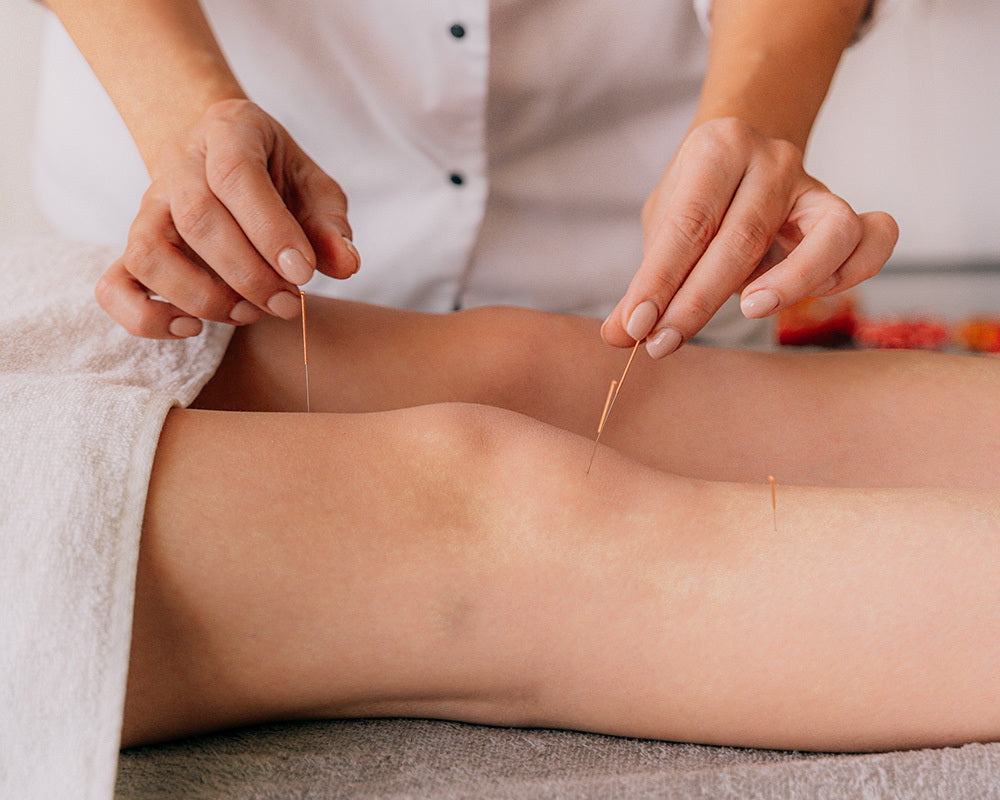At the very beginning of your career, it can be hard to choose acupuncture needles. There are too many brands, types, materials and sizes. After all, there isn’t a type of needle that’s just better; instead, there are several types of needles, and varying degrees of quality within those types. Moreover, needles vary considerably from material to material, brand to brand and size to size, even if they are of the same type. Some factors to consider when choosing needles are their resilience, size, and sharpness, as well as their materials and their type. Covering all of these aspects would be too ambitious for a single blog post, so we’ve chosen to zero in on three of these aspects: we’ll first look at the most popular different sizes, then give you two tips on how to test needles for sharpness and resilience.
What are the most popular sizes of acupuncture needle?
Acupuncture needle sizing involves both the diameter and size of the needles, and it is usually written using either or both the metric system and the tsun system in Canada, and the imperial system in the United States.
One tsun corresponds roughly to one inch. For example, 0.18*13mm or 0.5 inches, half tsun is an extremely popular size of needle. Here, 0.18 means the diameter of needle is 0.18mm, and 13 means the length of the needle is 13mm, not including the handle. 0.18*13mm (0.5 inches, half tsun) This size is most commonly used for facial acupuncture. The needle is very thin and short, significantly reducing pain during insertion: as they are short, they can be inserted rapidly and precisely, and their tiny diameter makes them almost painless.
ShinLin, Acu Relaxo and Lierre Plus are some examples of brands that have needles measuring 0.12mm in diameter with 13 mm length, which are better suited to very sensitive patients, or for more sensitive areas.
0.25*25mm (1 inch, one tsun) One of the most popular sizes of needle, it is suitable for a large number of different parts of the body, especially for shallower insertions. Though 0.30*25mm is a bit thicker than 0.25*25mm, it is easier to insert. Needles with 0.25 diameter are thinner and softer than 0.30, and therefore, they will be both less painful and more difficult to insert with precision.
0.30*40mm (1.5 inches, 1.5tsun) This very popular size of needle is suitable for different parts of the body with thicker muscle groups or acupuncture points needing deeper insertion. Because 1.5 inches is a bit longer, needles with smaller diameters will bend easily, and require dexterity and experience. Some practitioners will choose to use 0.35*40mm diameter needles to avoid bending; though easier to insert with precision, their larger diameter can cause pain. If you have excellent dexterity, then, ultimately the 0.30 diameter needles will be a better fit; however, you otherwise want to strike a balance between the potential length of insertion and its potential for pain.
0.30*50mm (2 inches, 2 tsun) Almost the same as 0.30*40mm. Suitable for insertions deeper than 1.5 inches. 0.30*75mm (3 inches, 3 zen) Commonly used for buttock areas or insertions deeper than 2 inches. 0.30mm is a popular needle diameter, but 0.35mm and 0.40mm are very commonly used as well, depending on the practitioners’ preference.
Acupuncture needles are made from various materials, including alloy, pure steel, stainless steel, iron, gold and silver. Alloys and stainless steels are the most common material for single use acupuncture needles, and gold tends to be reserved for specialized treatments, as it is much more likely to bend.
Resistance and Sharpness Tests on acupuncture needles
First, you have to assess the sharpness of the needles. To test it out, you can slowly insert a needle into a sensitive area of your body, such as your fingertips, to get a sense of how your most sensitive clients will feel. Though it’s normal to feel some amount of discomfort, insertion should not produce sharp, intense pain, and such a sensation indicates that the needle points are not thin enough for your treatments. Then, you have to assess the resilience of the needles, meaning their capacity to retain their shape. Though needles are flexible, and therefore will always bend, they should be able to retain their shape: if they cannot, it indicates that they might bend inside the patient’s skin, which could be dangerous. To test resilience, then, hold the needles firmly between your two fingers, and flick the end vigorously. If the needle immediately bounces back to its original shape, it is a good needle. You – and your clients! - will feel the difference between needles with good resilience and bad resilience during your practice, since needles with poor resilience will be much harder to insert, and potentially much more painful.
In general, if the acupuncture needles pass these two tests, you can safely and confidently use them in your practice. Lierre.ca offers a wide selection of needles that meet these two criteria, and they are available in a range of sizes. Consult our website to find out more about the Acu Relaxo, Shinlin or Lierre Plus on Black Friday Sale.

